On the Water // Paddle Bayou Lafourche

by Wes Barnett, staff videographer
Sweet Finishes // Cajun Desserts
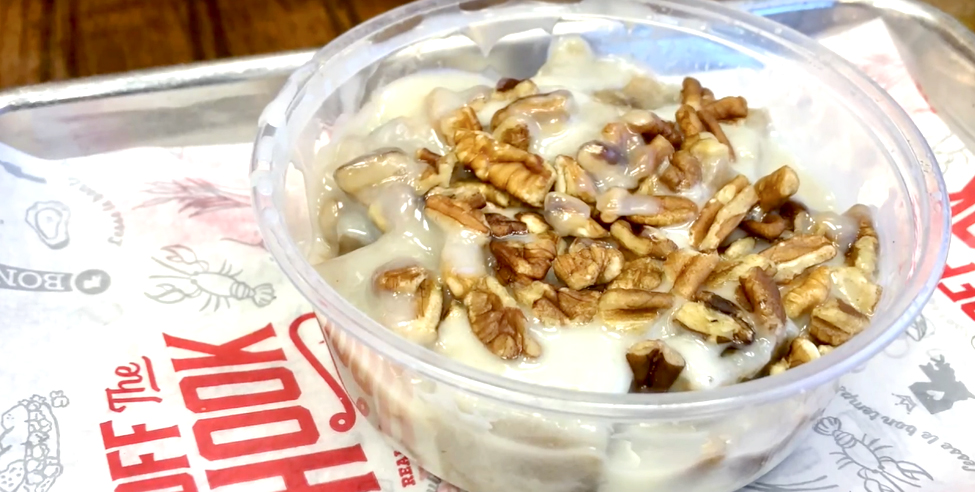
by Kaitlyn Biri, photo editor
A Different History // Whitney Plantation
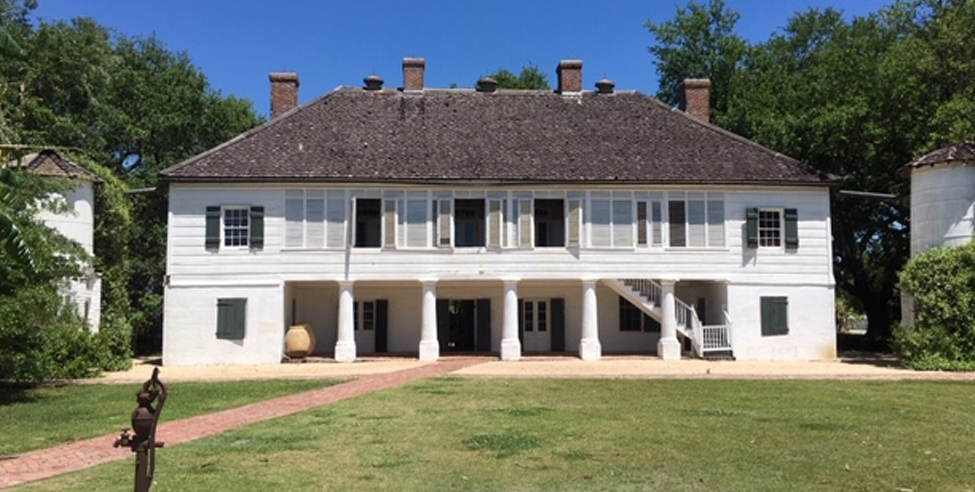
by Trevor Johnson, features editor Southern plantations have long been tourist stops for curious travelers from around the world — most offering wedding services, detailed accounts of wealthy slaveholders, and cheap memorabilia. However, Whitney Plantation, located in Wallace, LA, breaks the mold by giving an unflinching look into the lives of its former slaves. “Our mission is to tell the story of the enslaved people,” says Joy Banner, the director of communications at Whitney Plantation. “Other plantations talk about slavery, but we are the only plantation museum with an almost exclusive focus on slavery.” Whitney Plantation stands on a grassy plot of land near a levee of the winding Mississippi River. Visitors can walk the grounds through a guided tour, Whitney’s main attraction. The tour, which has a variety of admission prices, lasts about 90 minutes, and gives visitors the opportunity to explore slave quarters, a church, a historical blacksmith’s workshop, and more. The tour also includes visiting a memorial to the slaves who worked the plantation. “In addition to telling the history of slavery, Whitney Plantation serves as a memorial to the slaves who worked here, which can be a painful subject,” says Sydnee Council, a tour guide at Whitney. “Some people cry. Some people get angry.” Statues of enslaved children, creatively depicted as they would have appeared on the day of the plantation’s emancipation, dot the grounds in various locations, such as sitting in church pews, or perched solemnly on the porch of a slave cabin, their dangling legs forever captured mid-swing. Over the course of the tour, their unblinking gaze forces visitors to confront one of America’s greatest wounds. After the tour, visitors may keep their tour pass. Each tour pass contains a unique account from one of the slaves who worked the plantation. Whitney also offers a free exhibit, which details the general history of slavery in America, inside its main building. Although plantation tourism may seem like a modern affair, plantations have received tourists since the 1800s. “Plantations became a tourist destination as early as the 1830s,” says Stuart Tully, a history professor at Nicholls State University. “There were grand tours going around the South, with visitors from Europe and elsewhere. Even when they were working plantations, there was a small element of tourism.” According to Tully, plantation tourism dipped during the Civil War, and wouldn’t fully return until around the 1930s. The version that returned, with the veneration and reverence of “Southern heritage,” is the version that is most recognizable today. “It came back because of financial necessity, coupled with the lost cause mythos,” says Tully. “The idea that you’re buying into this idea of the Antebellum South, with Spanish moss, and fans, and ladies. That’s when you really start getting into the imagined past. They saw imagining the past as profitable.” Whitney Plantation aims to dispel the “imagined past” of Southern plantation culture, most commonly depicted in the film Gone with the Wind. Although the plantation has stood since 1752, it was bought by John Cummings in 1999, who, according to Banner, began transforming the plantation into the institution it is today. When Cummings bought the plantation, he also received several volumes of research. That research, combined with his reading of slave narratives, inspired Cummings to craft an educational experience focusing on the lives of slaves. After about 15 years of restoration, Whitney Plantation opened its doors to the public as an informative journey through the lives of America’s most forgotten voices. “People want nostalgia,” says Banner. “We don’t do nostalgia at Whitney Plantation. That’s a fantasy. That’s a fairy tale.” For more details about Whitney Plantation and their tour, visit https://www.whitneyplantation.com/.
Lighter Fare // HEALTHe Cafe & Carrot Patch
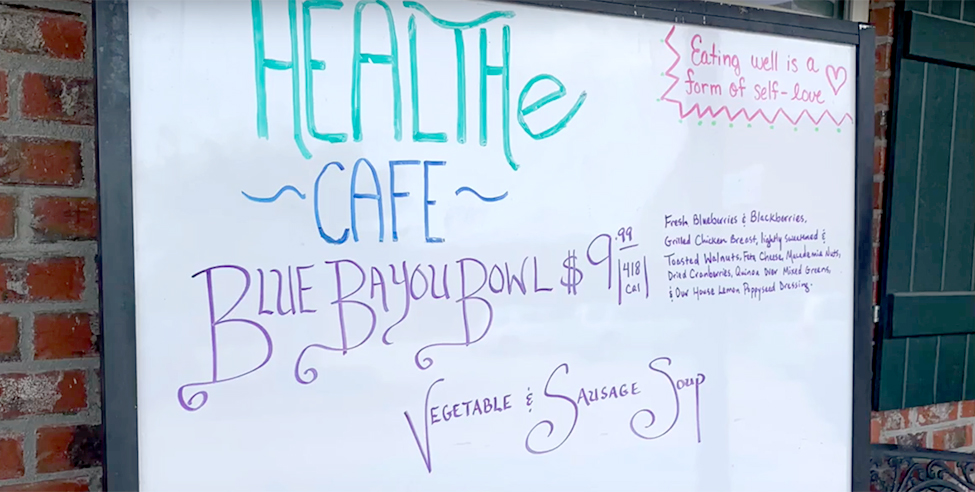
by Sydney Moxley, staff videographer
Local Music // Kerry Thibodaux

by Ashlyn Verda, staff videographer Photos by Hannah Grigsby The man himself, Kerry Thibodaux. Kerry Thibodaux playing his second instrument, guitar. Who is the man behind the shades? Kerry has been playing instruments most of his life, with his first guitar at 11. Frets Kerry’s Guitar. Kerry Thibodaux, downtown Thibodaux Thibodaux in Thibodaux Kerry graduated from Nicholls, so he is no stranger to the bars downtown. Kerry at his home in Chackbay, where he lives with his wife, Emily. Kerry playing on his porch, where he relaxes with his wife and pets when he’s not working or performing. Guitar isn’t his first instrument; drums are his “real instrument.” When he’s not playing guitar, his day job is IT for the Lafourche Parish Government. Kerry writing his music, inspired by his friends and family. When asked if he plans on stopping playing music, he said no- he wants to do this forever. “That’s how we used to start writing songs, drinking at the camp.” Kerry explains, talking about his friends. Down at the boat launch. He “doesn’t get down here much” anymore, but this is where it all started. Kerry’s favorite show was when he and his band opened up for the Chee Weez at House of Blues in New Orleans. Kerry Thibodaux playing guitar. A favorite hangout spot of his in high school was at the boat launch. Kerry at his childhood home, where his parents still live. Kerry and his mother, Donna. Kerry playing his first and “real” instrument. Kerry grew up playing drums and guitar with his dad and brother. Kerry and his father Dale, one of his biggest inspirations. Kerry and Dale playing their guitars. Kerry on his parents’ porch. Kerry, contemplating.
Demographics // Bayou Stats
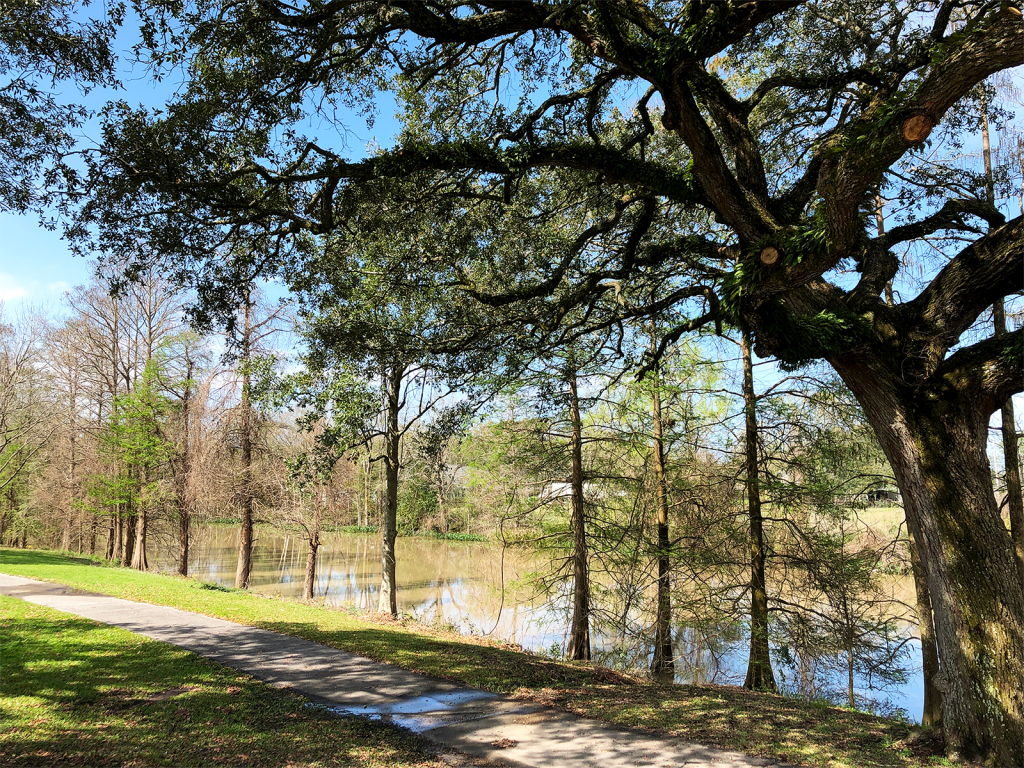
Local Moving // Cajun Dance Lessons

video by Wes Barnett, staff videographer and article by Madison Boudoin, staff writer Dance lessons are available all across southern Louisiana for locals or visitors who wish to dig deeper into the rich Cajun culture of the bayou. Tourists can easily take home a piece of the culture by learning how to dance like a local in Cajun country. A typical Saturday night in Cajun country is nothing less than a good time filled with food, music, and dancing. “I do it for the exercise and the socialization,” says Marlene Savoy of Des Allemands, who travels all over the region to dance. “I also enjoy the friendly people and the Cajun atmosphere.” Dancing has always been a big part of the Cajun culture in the Bayou Region, but according to locals, it is not as common as it used to be. “It is mostly popular among the older generation,” Marlene says. “A lot of us learned the Cajun dances from our grandparents who were French.” Others learned the traditional dances by taking dance lessons. “Everyone has a different style of the dance and those who do not know the proper form simply improvise,” says Lutie Verda, a dance instructor from Des Allemands. Lutie suggests dancing classes to anyone who is interested in learning the proper forms of Cajun dance. She says that it is important to carefully select a dance instructor – one that teaches the correct forms of the dance. Cajun dances include the Cajun Jig, the Cajun Jitterbug, the Cajun Waltz, and Zydeco dancing. Each style is a unique form of the Cajun dance that is taught in classes that are scattered throughout the Bayou Region. “Anyone can learn how to Cajun dance,” says Lutie. All it takes is a Cajun instructor, a few lessons, and a lot of practice. The Bingo Hall in Boutte is a good place to start according to Lutie. The Bingo Hall puts on music events twice a week. Live Cajun music is played frequently, and locals take this as an opportunity to show off their traditional dance moves. Juanita Landry, owner of the Bingo Hall, says that around 70 to 100 people come to each music event. People travel from all over southern Louisiana for an evening of music and dancing. A lot of the locals bring their relatives or friends that visit from out of state. Visitors end up loving the Cajun atmosphere, and usually make more frequent visits just to go to the Bingo Hall with the locals, Juanita says. “It is wonderful to see these people come to our events and have a great time,” she says. The Bingo Hall is just one of the many locations to offer Cajun music and dancing in the Bayou Region. The Cajun Country Casino in Raceland, Gina’s at the Legion in Thibodaux, and the Jolly Inn in Houma are a few places that give visitors the chance to experience a one-of-a-kind Cajun dance party.
Water Sport // Fishing Like a Local

by Sam Gruenig, video editor
Eat Like a Local // Restaurants

by Ashlyn Verda, staff videographer
Successful Generations // The Rouse Family
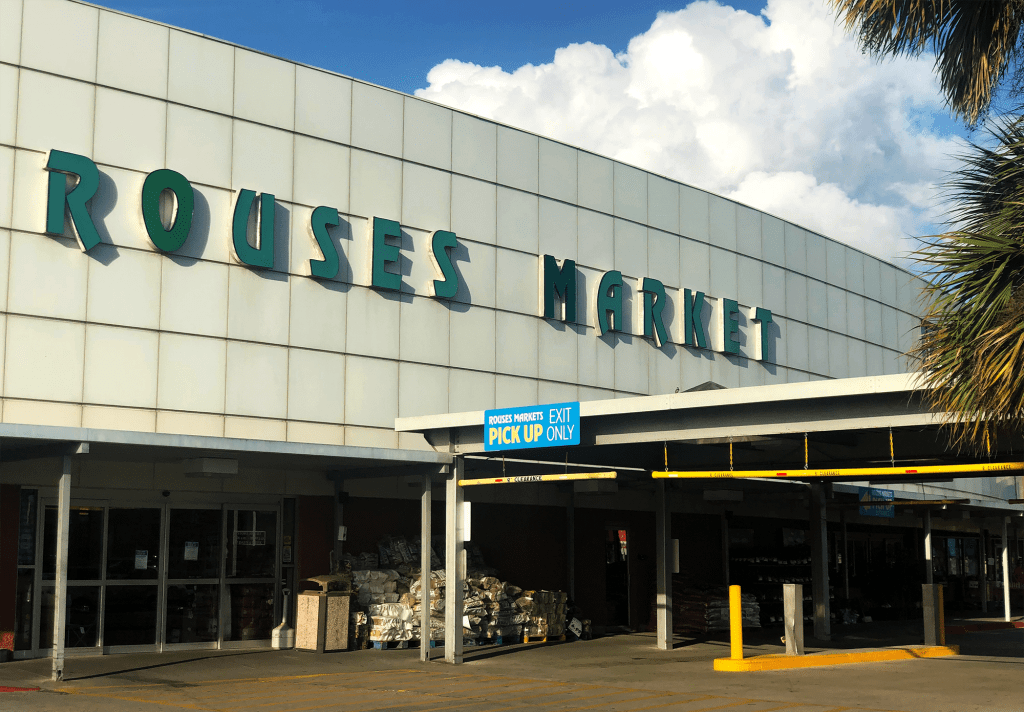
by Ashlyn Verda, staff writer There are lots of things one might see when driving through the Bayou Region — gators, bayous, bait shops and airboats. But there is one thing everyone will see while in southeast Louisiana — Rouses Markets, a locally owned, regional grocery store chain since 1960 that’s still in the family. And, unlike many successful families, the Rouse family has no plans to move to a bigger place. “I love to hunt and fish, and I can do that very close to here,” says Donny Rouse, current Rouses’ CEO and the third generation to run the business. “All our family is here, so our kids growing up with relatives is important to us. We’re very happy in Thibodaux. They get to grow up where I grew up and we’re not looking to go anywhere.” According to the Rouses, in 2009, the business became the largest independent grocer in Louisiana. Donny Rouse says Rouses sells more Louisiana manufactured products than anyone else in the state. “That’s really the foundation of our business— supporting local. We do that anywhere. In Louisiana, our stores in Mississippi, and our stores in Alabama,” says Donny Rouse. Along with typical grocery items and a fresh produce section, the supermarket provides prepared foods, catering options, and even a grocery delivery service. Rouses also has a seafood market, floral services, and a bakery located inside. Some classic Louisiana items include seasonal king cakes, boiled crawfish, and gentilly cakes. Rouses supports family-owned businesses by working together to deliver quality produce. Among others, they partner with the Garber Family Farm in Iota, LA and father-son farming duo Ben Becnel Sr. and Ben Becnel Jr. in Plaquemines Parish, LA. The market sells and buys more local shrimp, crab, oysters, fish, and crawfish than anyone on the Gulf Coast. They partner closely with Tommy’s Seafood in Chalmette, LA to help make that possible. The family-owned company supplies wild-caught shrimp, blue crab, oysters, and fish fillets, says Donny Rouse. In 2012, Rouses announced its very own brand. Their private brand is only sold at Rouses and includes items such as bread, eggs, produce, specialty seasonings, and fresh seafood. According to the Rouses, they work closely with local seafood producers and packagers to create new products. This gives shoppers the opportunity to enjoy seasonal fish any time of year. It’s Rouses’ commitment to quality, local products that keep customers coming back. “I started off going to the Thibodaux location and I now travel to different Rouses, depending on where I happen to be,” says Des Allemands native Diane Dufrene, who has shopped at Rouses for the past 30 years. “I sometimes drive up to 30 minutes away, but I don’t mind the trip because I know I’m always getting quality, local groceries.” Dufrene says she used to go shopping with her mother at Rouses and as she got older, brought her children with her. Now, she brings her grandchildren on her shopping trips. Almost 60 years ago, Anthony Rouse Sr. and his cousin, Ciro DiMarco, opened a small grocery store in Houma. In 1975, 15 years after opening the Houma grocery store, the cousins opened the first Rouses supermarket about 30 miles away in Thibodaux, LA. Anthony Rouse’s son, Donald Rouse, eventually took DiMarco’s position. Donald Rouse and his brother, Tommy Rouse, worked together in expanding the chain. In 2016, Donny Rouse, the founder’s grandson, became the CEO. “My whole life, I’ve heard the third generation is the one that causes the business to fail and it’s kind of just what happens in business,” says Donny Rouse. “Just growing up in the business and being a part of it every single day, I don’t want to fail. And we’re not failing.” Over the past 10 years, Rouses has expanded significantly and is now considered a chain-grocer. According to Rouses, the chain has 62 stores with 52 in Louisiana, three on the Mississippi Gulf Coast, and seven in Lower Alabama. The supermarket has three locations just in Thibodaux. With more than 65,000 employees, the supermarket employs many Southeast Louisiana locals. Sierra Allen has worked at the Rouses Audubon Ave. location in Thibodaux for the past three years. About seven months ago, Allen was promoted to working in the bakery and deli department. “I couldn’t imagine working anywhere else right now,” Allen says. “The management here is always willing to accommodate schedules and put you in a position you really want to work in, and that’s why I’m still around. Working in the bakery and especially decorating cakes, is my favorite part. Rouses is so involved in the community and you get to know the customers. I’m proud to work here.” Rouses isn’t just groceries. Donald Rouse purchased the 100-year-old Peltier House, historic for its Colonial style. According to the Lafourche Parish National Register of Historic Places (NRHP), the house is considered a contributing property for adding to the historical integrity or architectural qualities of Thibodaux. After restoring the property to its former glory, he is now living in the house. The family also gives back to the community of Thibodaux and the region. Rouses sponsors Nicholls athletics as the organization’s official grocery. They also support local organizations like Upside Down, a nonprofit that helps the Down syndrome community. And keeping it local, Donny Rouse is looking to his children for the future. “Business is growing stronger over the last few years,” Donny Rouse says. “It’s exciting because I’m going to want to pass this on to the fourth generation one day.”
